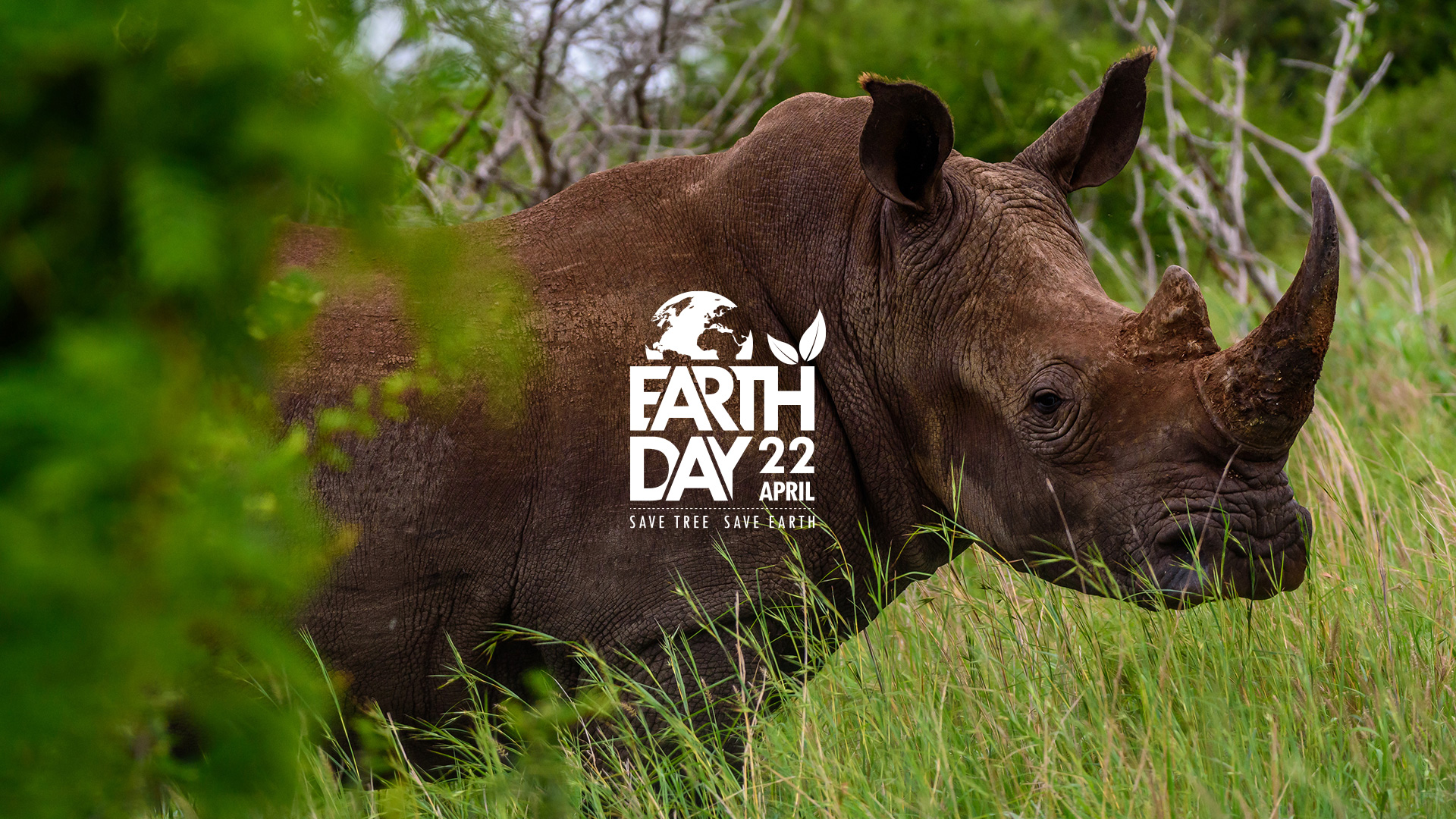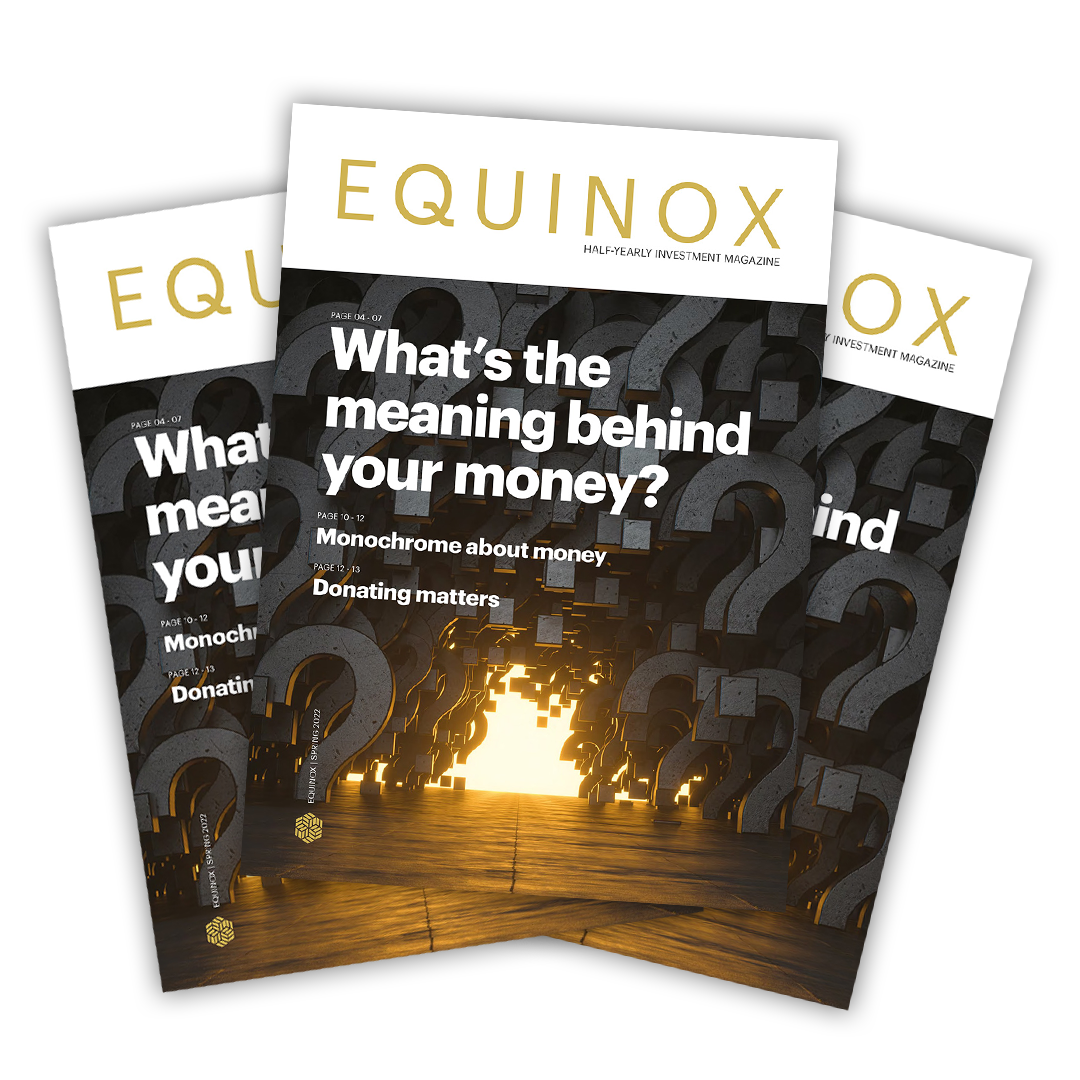Invest in our planet
We are aware of the challenges facing our natural world. Chief among them, at least in the media, is a changing climate but, in addition, there are dangerous levels of nitrates in our soils and a rapidly thinning diversity in species other than our own.
These issues are now so vast and far reaching that it will take both public and private sector cooperation and dedication to tackle them. As the adage goes, “never waste a good crisis” and at this intersection between public and private collaboration, a new financial innovation promises to hold the answers for investors looking to have a greater impact with their finances.
Traditional structures of investment, however well intentioned, were designed to funnel financing to companies and not tackle social or environmental issues.
The present landscape for investment into biodiversity revolves around a similar process of purchasing shares in companies that are doing their best not to harm the environment, even to the extent of taking plastic out of the ocean and incorporating these materials into new products.
This is a noble effort and one that is needed. Yet it leaves a burning question. If we keep ocean plastic as an example, I may be able to invest in a company that is removing plastic from the ocean, but what’s to stop other companies from continuing to dump waste into the seas? In other words, how do I tackle the root issue?
A new model for investment promises to hold the answer – wildlife conservation bonds.
Wildlife conservation bonds
It is important to state here that whilst the terminology is similar, these are not like bonds found in a traditional portfolio. Instead, they follow a new model referred to as a social impact bond, payment for achieving a successful outcome.
The structure of these investments has three key parties. An investor, a non-governmental organisation (NGO) such as a charity and what is referred to as an ‘outcomes funder’ – so far governmental institutions have filled this role but philanthropic initiatives could step in just the same.
To date, this model has been used to influence investment into social enterprises, such as increasing the availability of social housing and reducing the causes of homelessness.
However, on 23 March 2022, the World Bank took this model and focused it on biodiversity restoration, by issuing the world’s first wildlife conservation bond, raising $150 million to help increase the endangered black rhino population in South Africa by 4% (see The World Bank press release). There’s also the potential to earn a return on investment should the programme be successful.
Obviously, the key risk here is that if the outcome is not met, the investors capital is not returned. However, crucially it gives an opportunity for the World Wide Fund for Nature (WWF) to focus on their conservation efforts rather than raising funds. Formally coined a wildlife conservation bond, the desired outcome of this venture has earned it being affectionately referred to as the ‘Rhino bond’.
For investors wanting their contribution to tackle the environmental and social issues we now face, innovations like this one will be pivotal in mobilising private capital to focus on positive outcomes. Whilst this single issue does not make a market for these investments, it is exciting to see elements of financial ingenuity attempting to rise to the challenge.
We are far from stemming the tide of the biodiversity crisis, but the success and proliferation of this investment structure offers hope for investors yearning for ways to make their money matter.
This blog is intended as an informative piece and does not construe advice. If you have any further questions, please don’t hesitate to get in touch with us using the form below or by reaching out to your usual Equilibrium contact.


